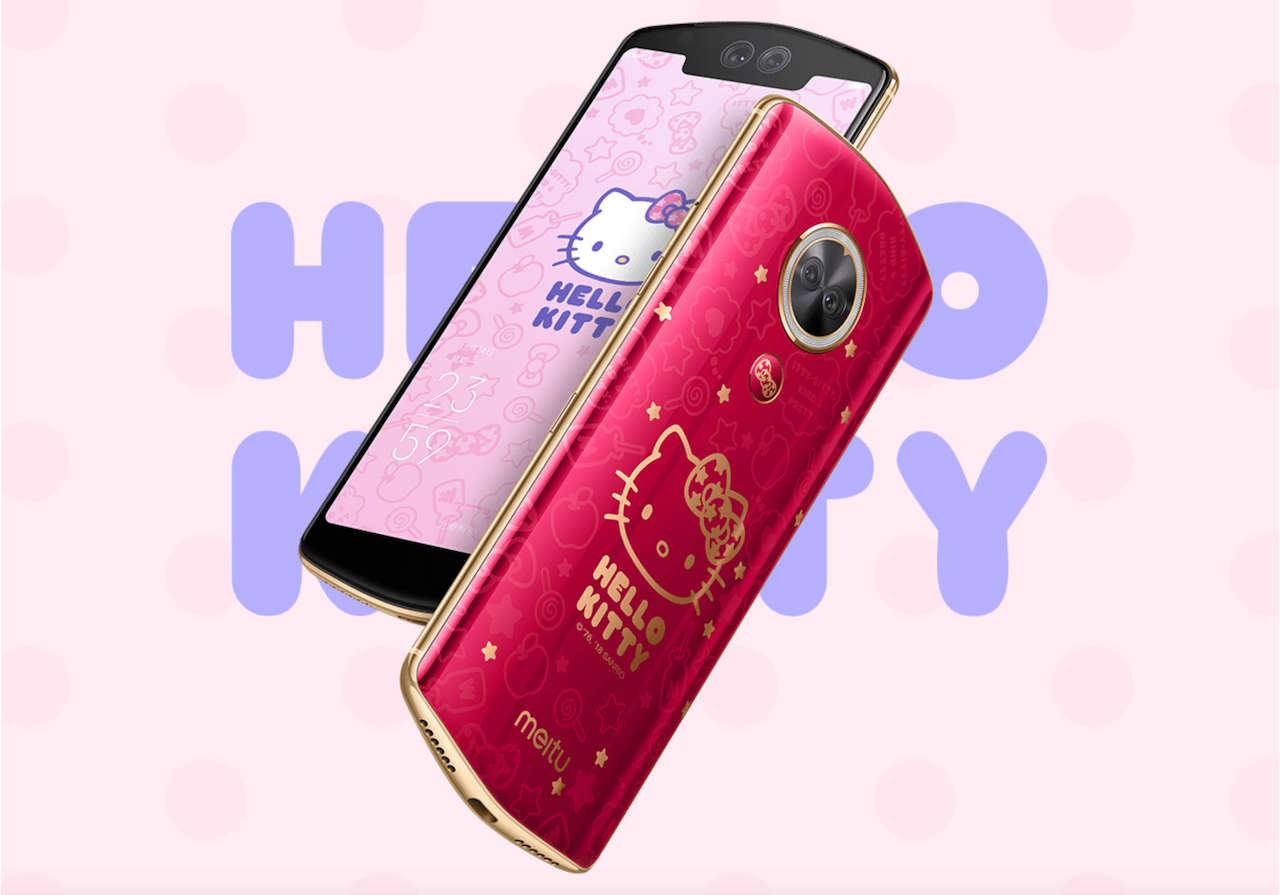
Why it makes sense for Xiaomi to take on selfie king Meitu’s smartphones
Xiaomi expands smartphone lineup while Meitu focuses on selfie software
Meitu is best known for its selfie apps. They’re so ingrained in the company’s identity, you’d be forgiven for not knowing it also makes smartphones -- which tells you how few units they sell. So perhaps it comes as no surprise that they’re handing this part of the business to a company more well-known for selling handsets: Xiaomi.
MEITU: ADAPTING TO A SHIFTING LANDSCAPE
But Meitu’s shifting strategy reflects not just a reckoning of its strengths. It also points to its struggle in an increasingly cutthroat smartphone market.
Meitu’s handsets are pretty distinctive. Unlike the plain black rectangles favored by virtually every other smartphone maker, Meitu handsets tend to be curved at the top for a pretty logical reason -- the selfie camera. Meitu smartphones have noticeably bigger cameras on the front than most other smartphone makers.
Those handsets once made up the bulk of Meitu’s profit. Before its 2016 Hong Kong IPO, its app business was actually losing money. But things have changed dramatically since then.
As smartphone sales in China plunged in the last year or so, Meitu, like other smaller players, found themselves grappling with a new reality. In the first half of this year, Meitu sold 37% fewer smartphones year-on-year. It’s a downward trend that Meitu doesn’t believe it could buck on its own.

The number of smartphones that Meitu sold was never substantial to begin with. In the first six months this year, it sold a paltry sum of around 533,000 units. In the last five years, it sold a total of 3.5 million. IDC figures show that it ranked 16th in China’s smartphone market in the past quarter, with less than 1% share -- a position it’s been hovering around since last year.
It doesn’t help that Meitu is finding it increasingly difficult to differentiate from rivals.

“[The Chinese smartphone] market is mature enough that there will be pressure for consolidation in the upcoming year,” said IDC vice president Bryan Ma. “In this case, it lets Meitu focus on its core software, all while leveraging the scale and competencies of Xiaomi’s hardware business.”
XIAOMI: REACHING A WIDER USER BASE
We know why Meitu wants in, but what’s in this for Xiaomi? For one, it could bring in a new user base that’s been inaccessible to Xiaomi so far, namely women who are willing to splurge.
For the small group of people who actually buy Meitu smartphones, they certainly don’t mind paying a premium for the eye-catching design and airbrushing software. The average selling price of a Meitu phone was around US$400 in the first half of this year, versus US$140 for Xiaomi in the second quarter -- though admittedly, Xiaomi’s larger volume has an impact on these figures.

Meitu’s selfie algorithms could give Xiaomi a perceived edge, according to IDC’s Ma.
“Xiaomi gets multiple benefits from this deal, including access to Meitu’s imaging technologies, which is pertinent given how much competitors like Huawei and Oppo are talking up their photography abilities these days,” he said.
THE FIRST MEITU-XIAOMI SMARTPHONE?
So when are we going to see the first fruits of this partnership?
Ngan said the first Meitu smartphone produced by Xiaomi is expected to arrive in the second half of next year. And we’re already getting a glimpse of what it might look like.

Motorola’s budget handset slammed by China’s spoiled smartphone users
For more insights into China tech, sign up for our tech newsletters, subscribe to our Inside China Tech podcast, and download the comprehensive 2019 China Internet Report. Also roam China Tech City, an award-winning interactive digital map at our sister site Abacus.
For more insights into China tech, sign up for our tech newsletters, subscribe to our Inside China Tech podcast, and download the comprehensive 2019 China Internet Report. Also roam China Tech City, an award-winning interactive digital map at our sister site Abacus.

